#hermann eidenbenz
Explore tagged Tumblr posts
Text

Hermann Eidenbenz (1903-1993)
781 notes
·
View notes
Text

Hermann Eidenbenz. The dancer Marie-Eve Kreis, 1936.
1K notes
·
View notes
Photo
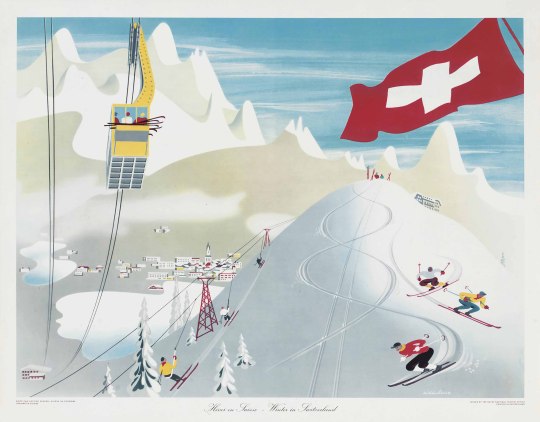
A beautiful snowy portrait of Switzerland by Hermann Eidenbenz, c. 1950
Like this? Subscribe to The Attic, my monthly mid-century newsletter for more!
25 notes
·
View notes
Text

Hermann Eidenbenz. Flowers and leaves, 1930–1950.
18 notes
·
View notes
Text
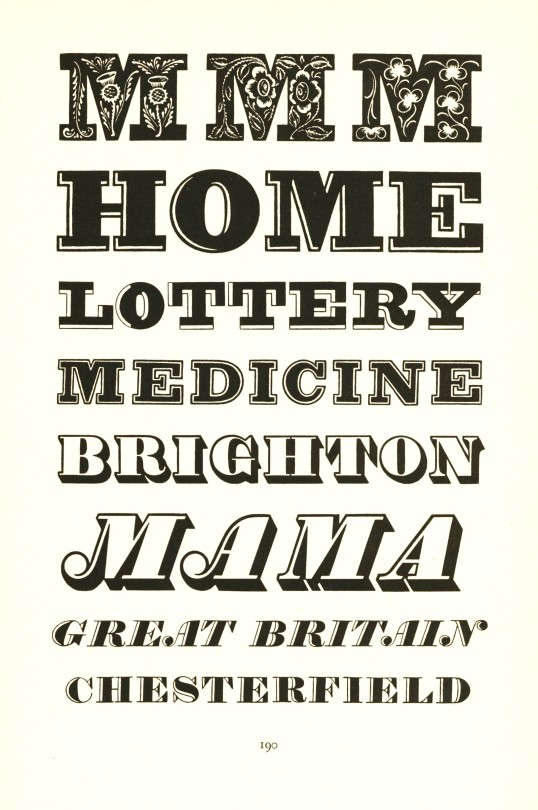


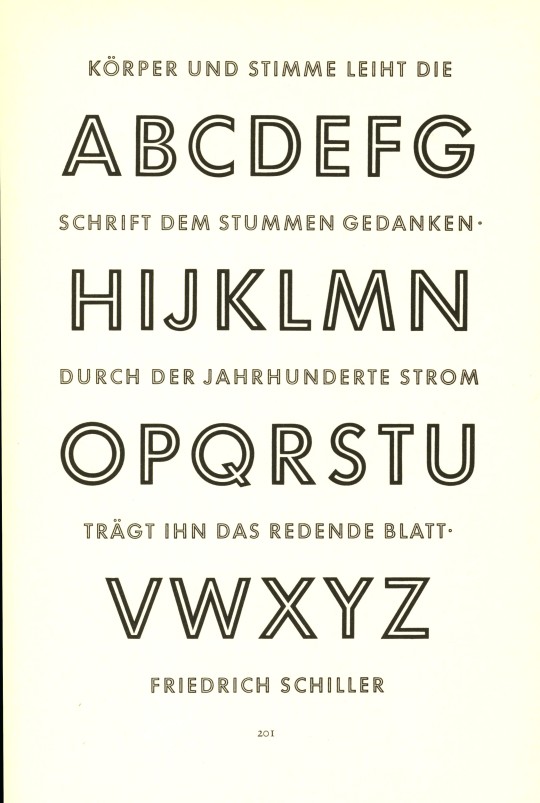
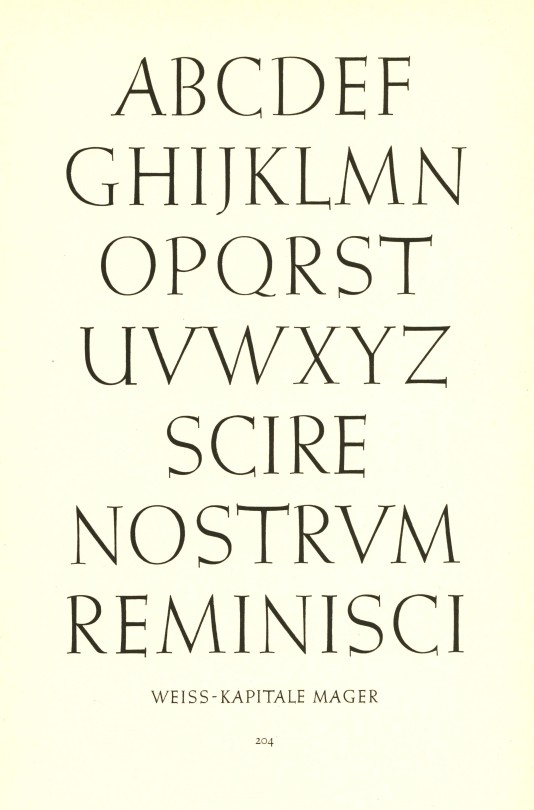
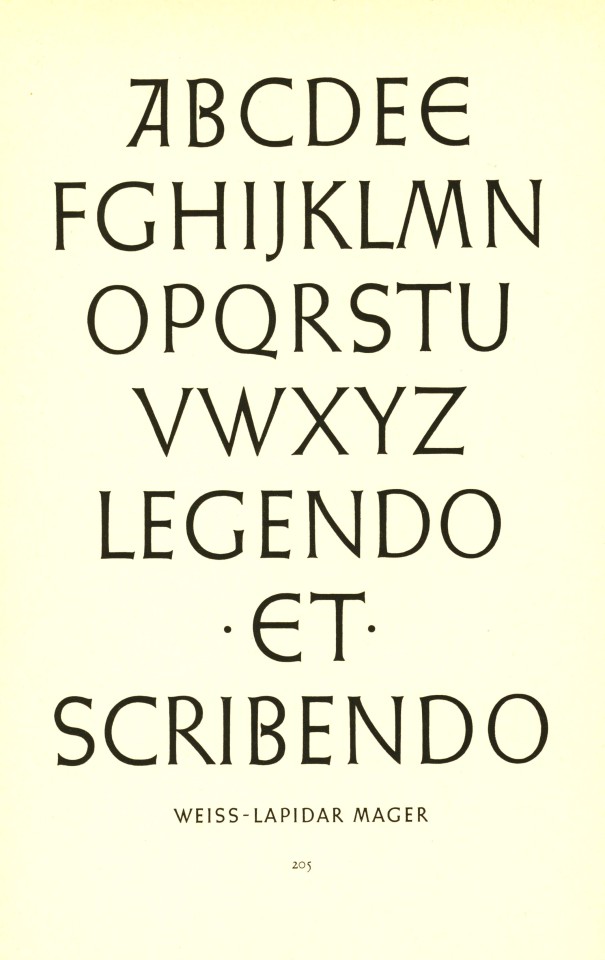
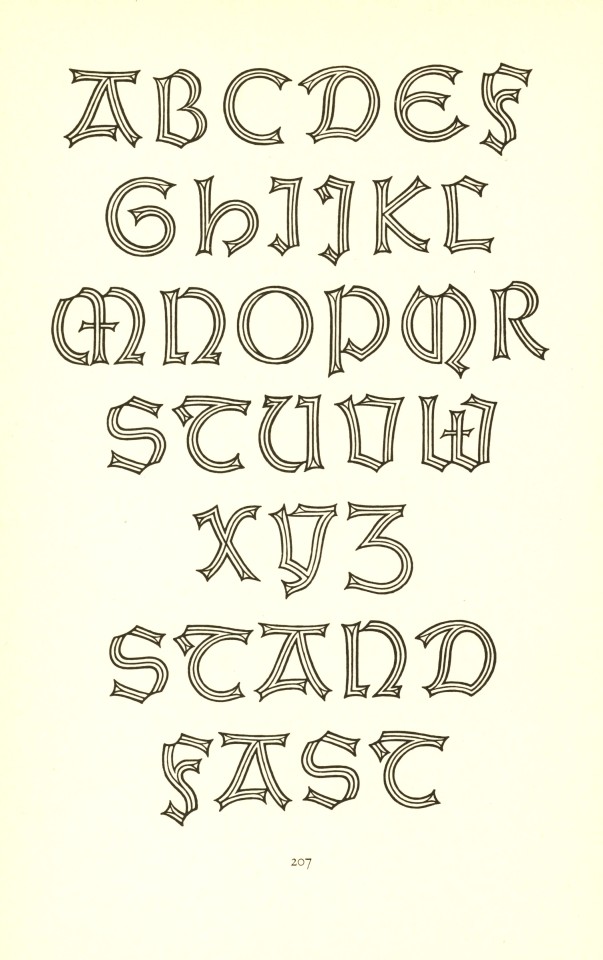


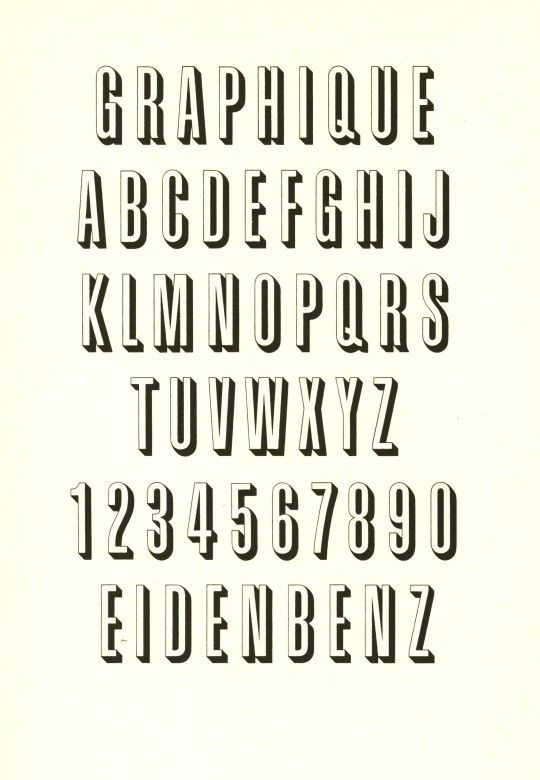
Typography Tuesday
Meisterbuch der Schrift is German-Swiss book and type designer Jan Tschichold's 1952 textbook on historical and contemporary type design published in Ravensburg, Germany by Otto Maier Verlag. From top to bottom:
Type samples from early 19th-century English fashion publications.
Playbill from Stephenson Blake & Co., Sheffield, England.
Futura by German designer Paul Renner, 1927.
Futura Light, also by Renner.
Two sets of capitals by Emil Rudolf Weiss for the Bauer Type Foundry.
A shadowed Weiss Gothic by Emil Rudolf Weiss.
Michelangelo by Hermann Zapf for the Stempel Type Foundry, 1950.
Sistina by Hermann Zapf, also for Stempel, 1951.
Graphique by Hermann Eidenbenz for the Haas Type Foundry, 1945.
Jan Tschichold (1902-1974) was one of the most noted type and book designers of the 20th century. He is remembered most for his two-year stint with Penguin Books (1947-1949), during which he established Penguin’s characteristic design identity, and for his typefaces Transit (1931), Saskia (1931/1932), Zeus (1931) and Sabon (1966/1967).
View more posts with work by Jan Tschichold.
View more Typography Tuesday posts.
#Typography Tuesday#typetuesday#type designers#Jan Tschichold#Meisterbuch der Schrift#Otto Maier Verlag#type display books#type specimen books#type design#20th century type
41 notes
·
View notes
Text

Hermann Eidenbenz
https://store.bookandsons.com/?pid=146407147
4 notes
·
View notes
Text

Hermann Eidenbenz, ‘The dancer Marie-Eve Kreis’, 1936
Via: https://www.reddit.com/r/SmorgasbordBizarre/comments/1g1y8g2/hermann_eidenbenz_the_dancer_marieeve_kreis_1936/
5 notes
·
View notes
Photo

Grafik. Eidenbenz, Hermann 1902 - 1993. Lithograph 1943
1 note
·
View note
Photo

Stettler Radio designed by Hermann Eidenbenz, 1946 image via MoMA The Museum of Modern Art
0 notes
Text
basel: ernst keller, hermann eidenbenz, armin hofmann, karl gerstner, fridolin müller, robert büchler, ruth pfalzberger, markus kutter
zürich: josef müller-brockmann, richard paul lohse, ernst hiestand, hans neuburg, carlo vivarelli, nelly rudin, gottfried honegger, aldo calabresi, rosmarie tessi
1 note
·
View note
Text

Hermann Eidenbenz. Iglesia-Bad, Basel, 1939.
103 notes
·
View notes
Text

Hermann Eidenbenz
Luxembourg Garden
Paris, 1936
126 notes
·
View notes
Photo

Hermann Eidenbenz
Luxembourg Garden
Paris, 1936
Source: gacougnol
13 notes
·
View notes
Photo
garadinervi: Hermann Eidenbenz, [Buchstabenkomposition, Schriftklasse Magdeburg, Studienarbeit], 1929 [Museum für Gestaltung Zürich]

186 notes
·
View notes

